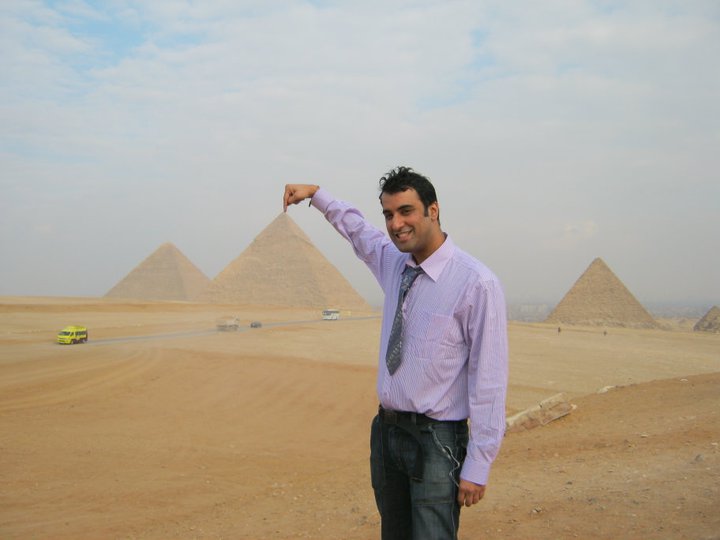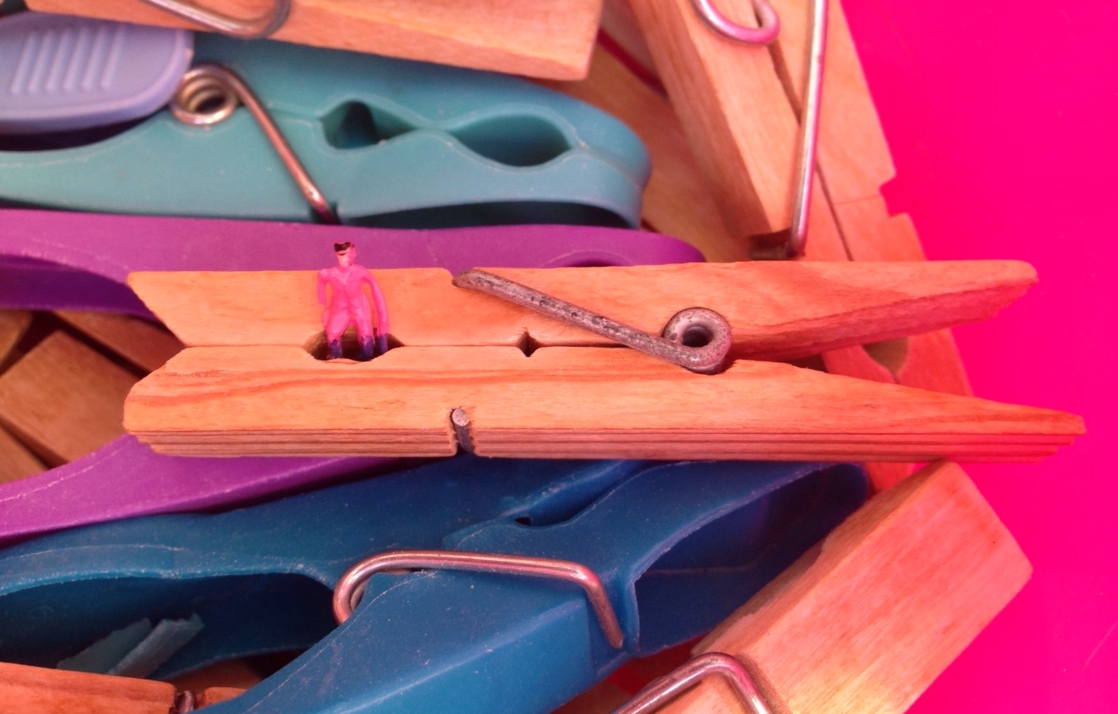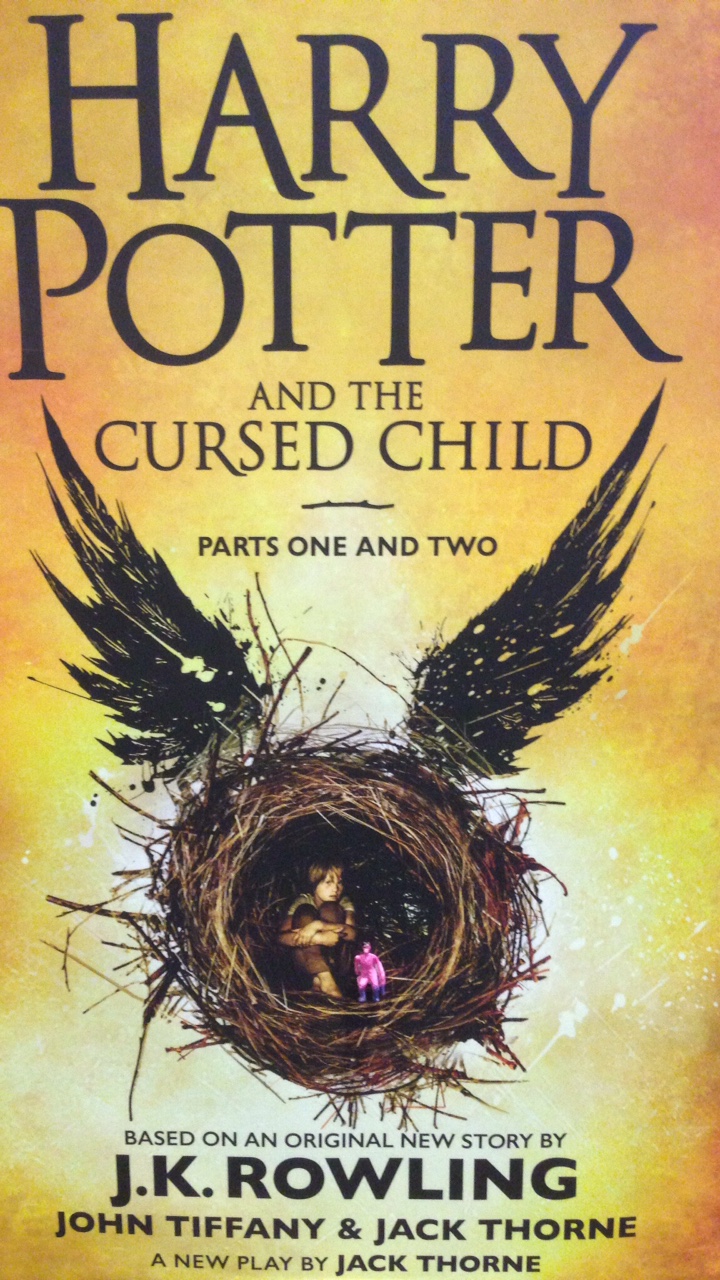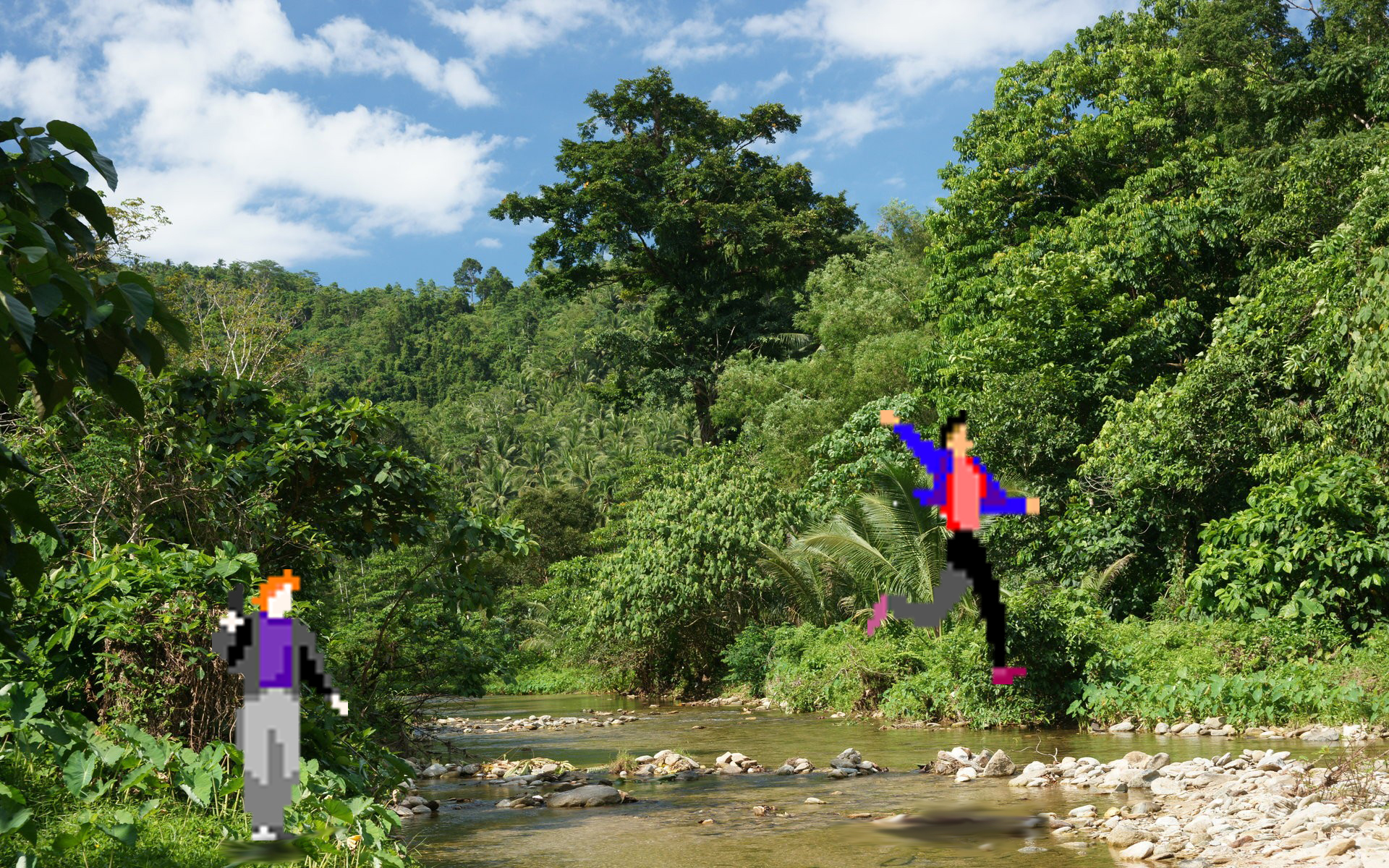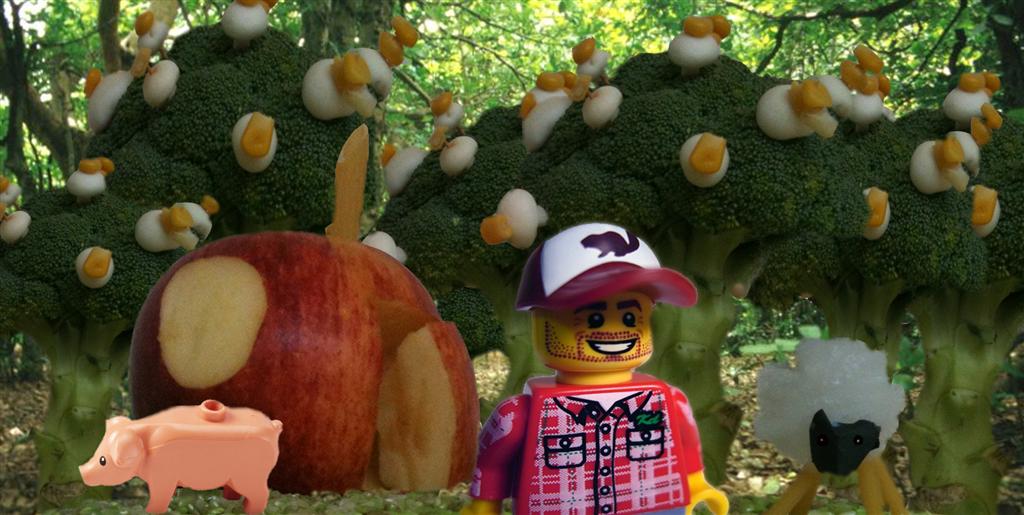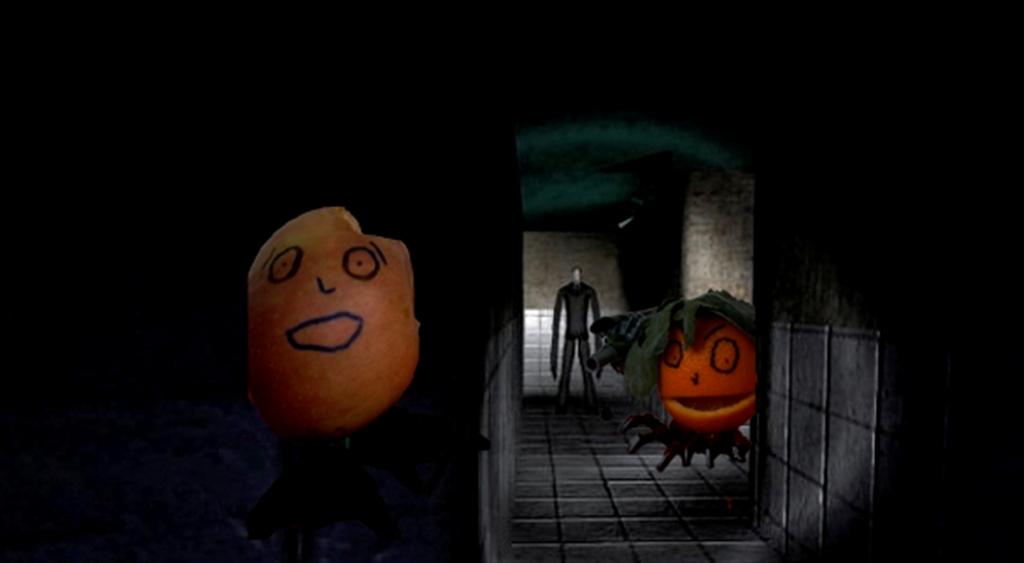Forced perspective photography is a simple manipulation of the human visual perception; some call it optical illusions. It make viewers believe that certain objects are smaller or larger than they really are. It may sound tricky and complex but really all you need is creativity, a camera and an imagination. Below are some of the examples I have taken of forced perspective. Why not give it a try yourself!
Miniature Figure Competition Entries Are In
So I mentioned before how I organised a competition for the children in my school to take a miniature figure on their holidays and compose a creative photograph. I was interested in seeing the types of images created by the pupils and the teachers. Well, the entries are in and they are suitably awesome. Have a look and see what you think!
Mixed Media Combining Graphics and Photographs
Mixed media refers to an art form which combines various traditional art media e.g paint, ink, and sculpture. Pixel Art is the form of digital art which is created through the use of raster graphics software, where images are created on a pixel level. I have already spoken about pixel art and created lesson plans (linked below) but I thought it would be a great idea to combine pixel art with photographs.
Foodscapes with Mixed Media- by Anjum Razaq
At first glance the pictures look like beautifully created landscapes including verdant grass, luscious waterfalls and ominous looking mountains. However closer examination will show you that these are not paintings at all but wonderfully arranged food items carefully and precisely photographed. These pictures are the work of the London based artist Carl Warner who specialises in food landscapes.
Using Carl as an example the children in year 9 made food art or ‘foodscapes’ if you will, using the techniques practiced by Carl Warner. The children had to think carefully about their composition and lighting. Once the food was photographed (thanks Charli) the children then went about manipulating and editing the images in Photoshop to create some wonderful landscapes. Here are a few examples of the children work. I’m sure Carl would be very impressed, I am! This sequence of lesson plans could easily be adjusted for younger year groups and once children have a basic knowledge of Photoshop there is nothing here that is overly complex, but it does help to develop knowledge of composition.



